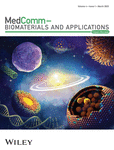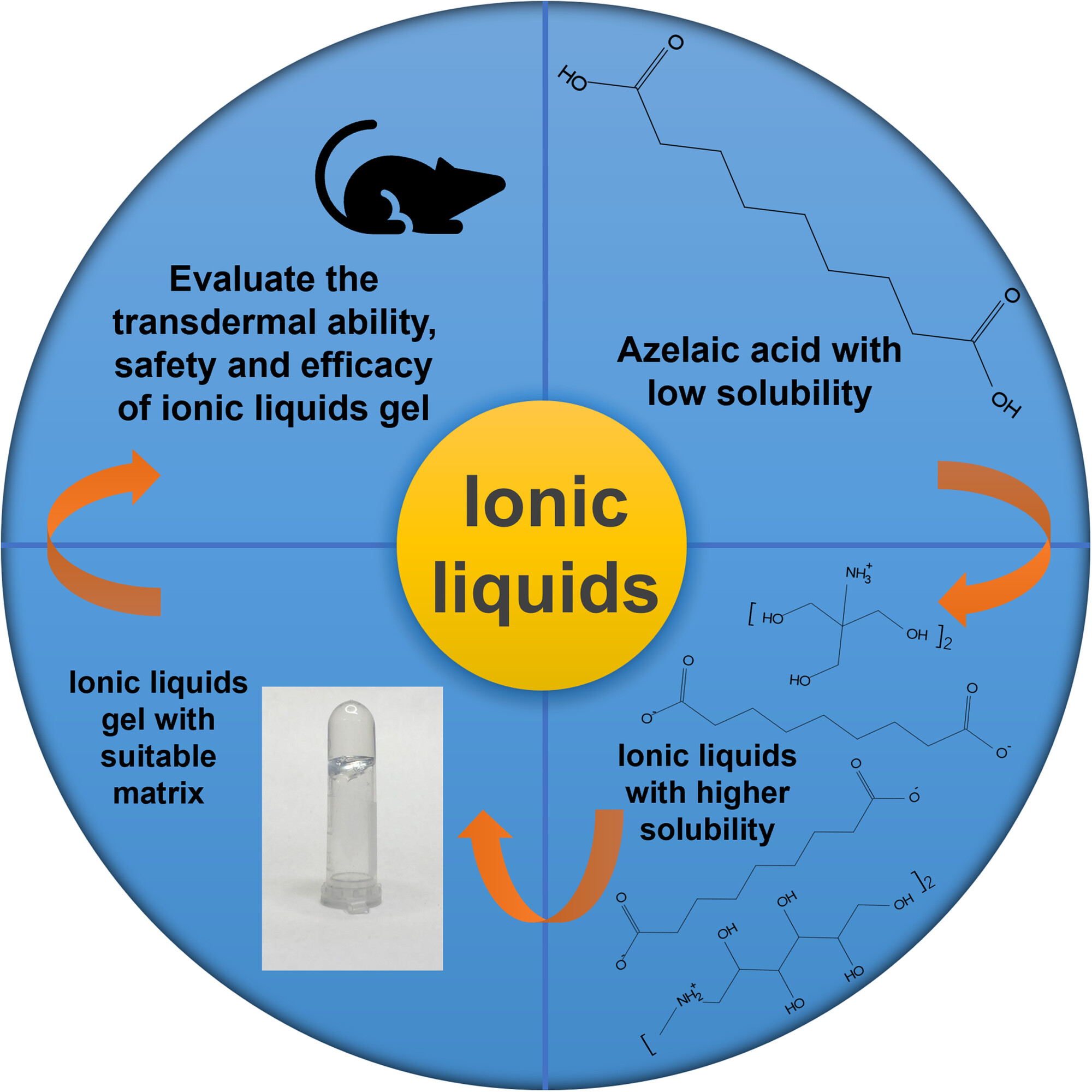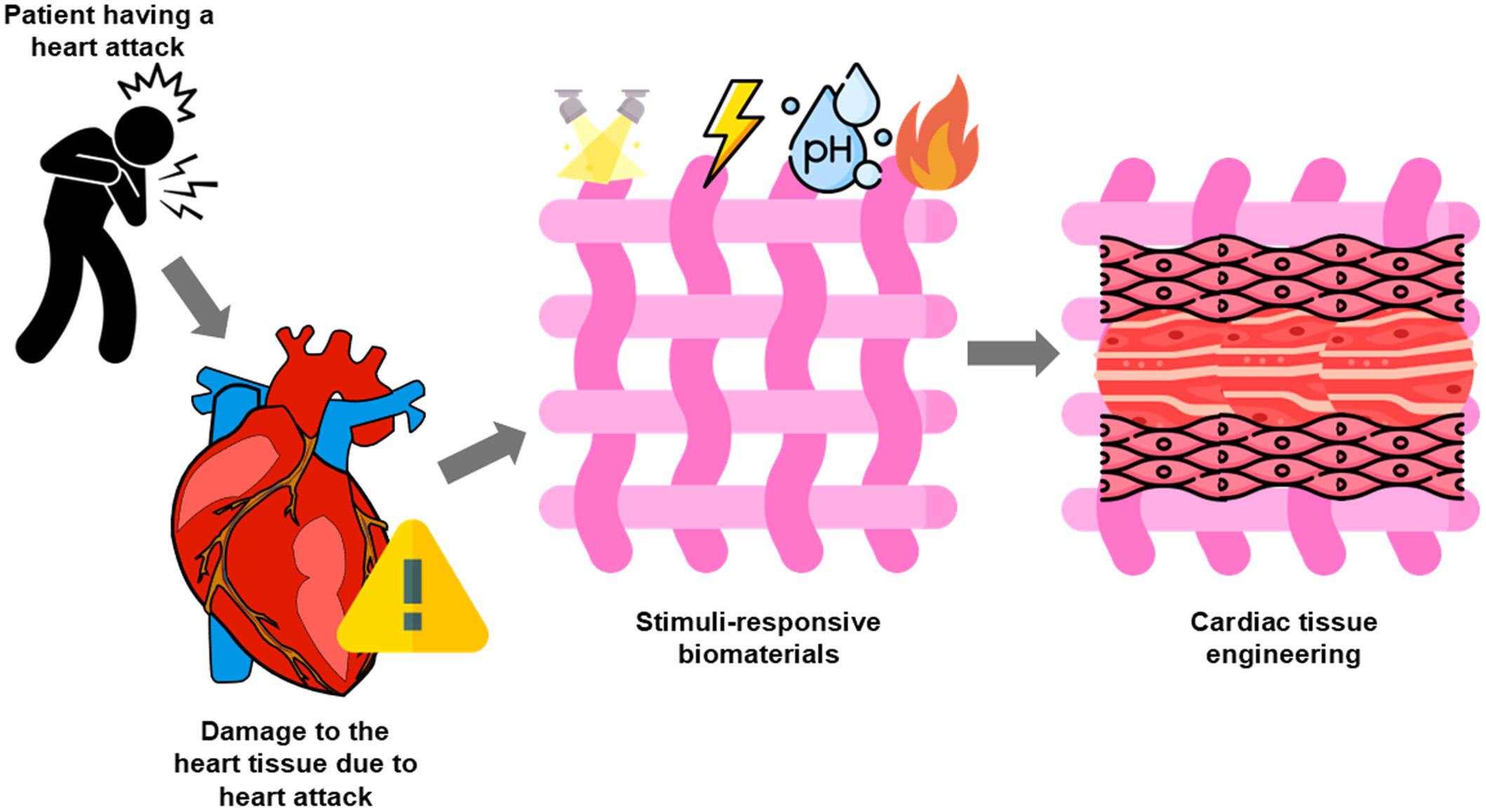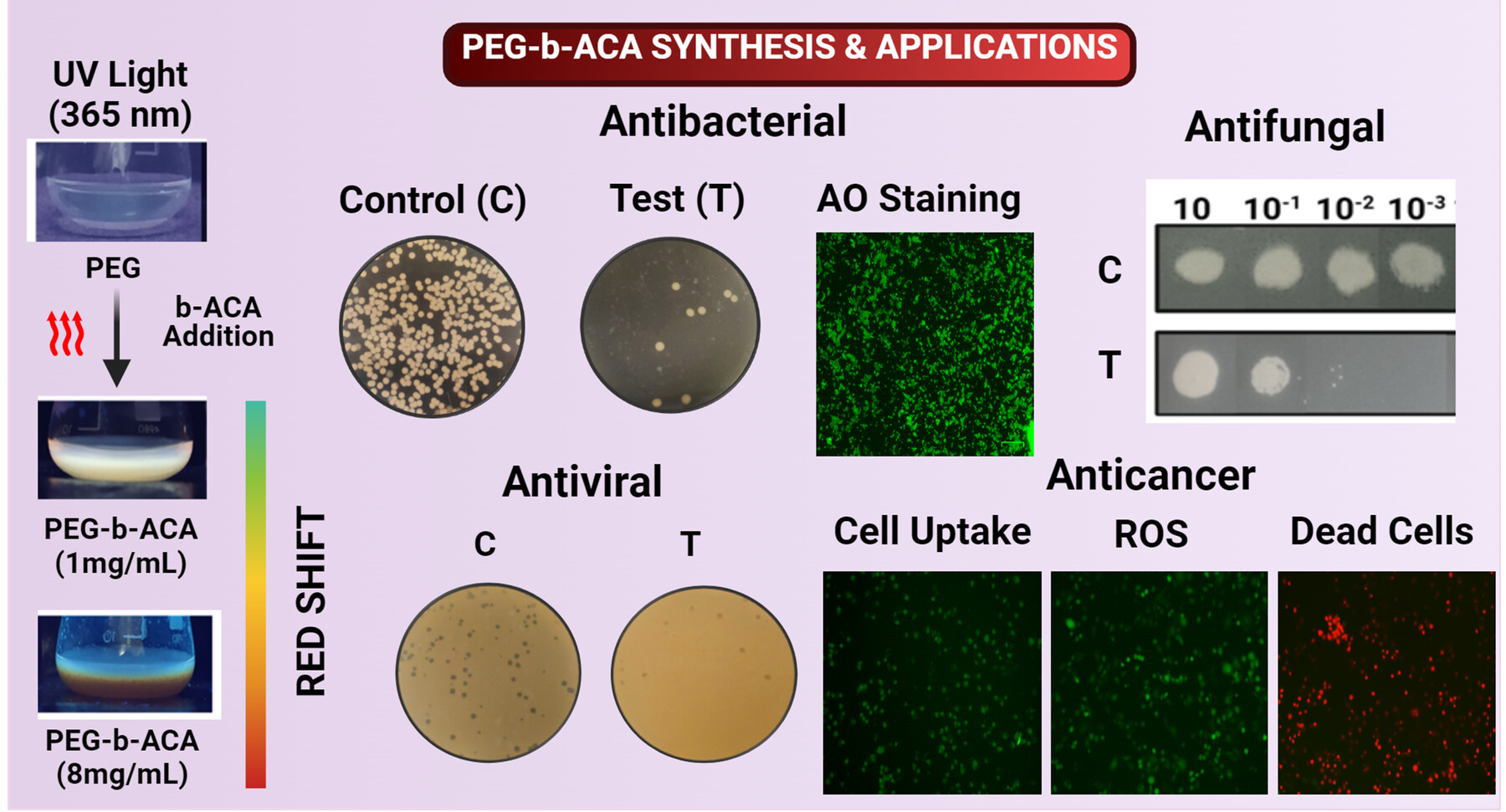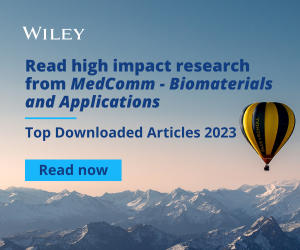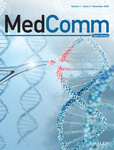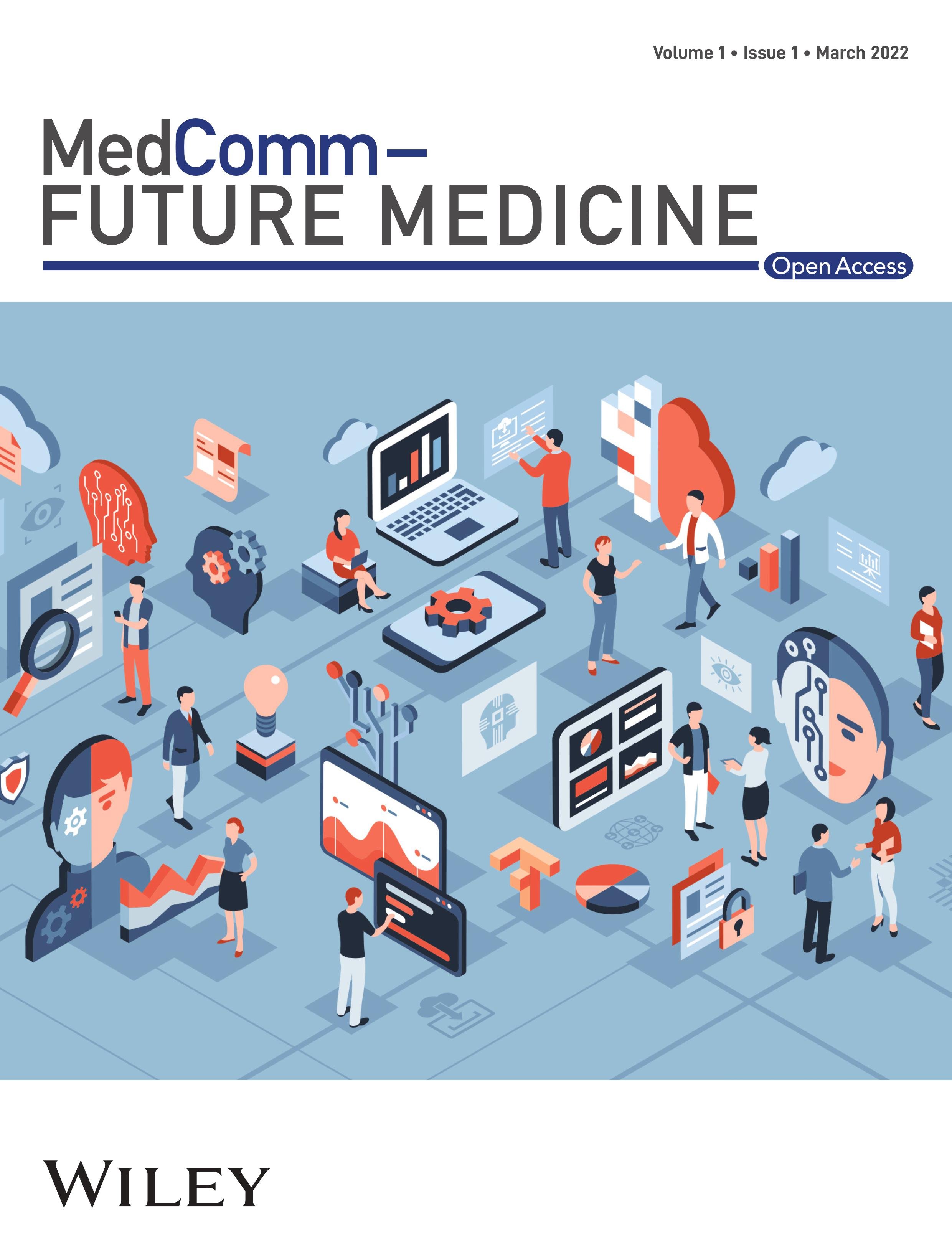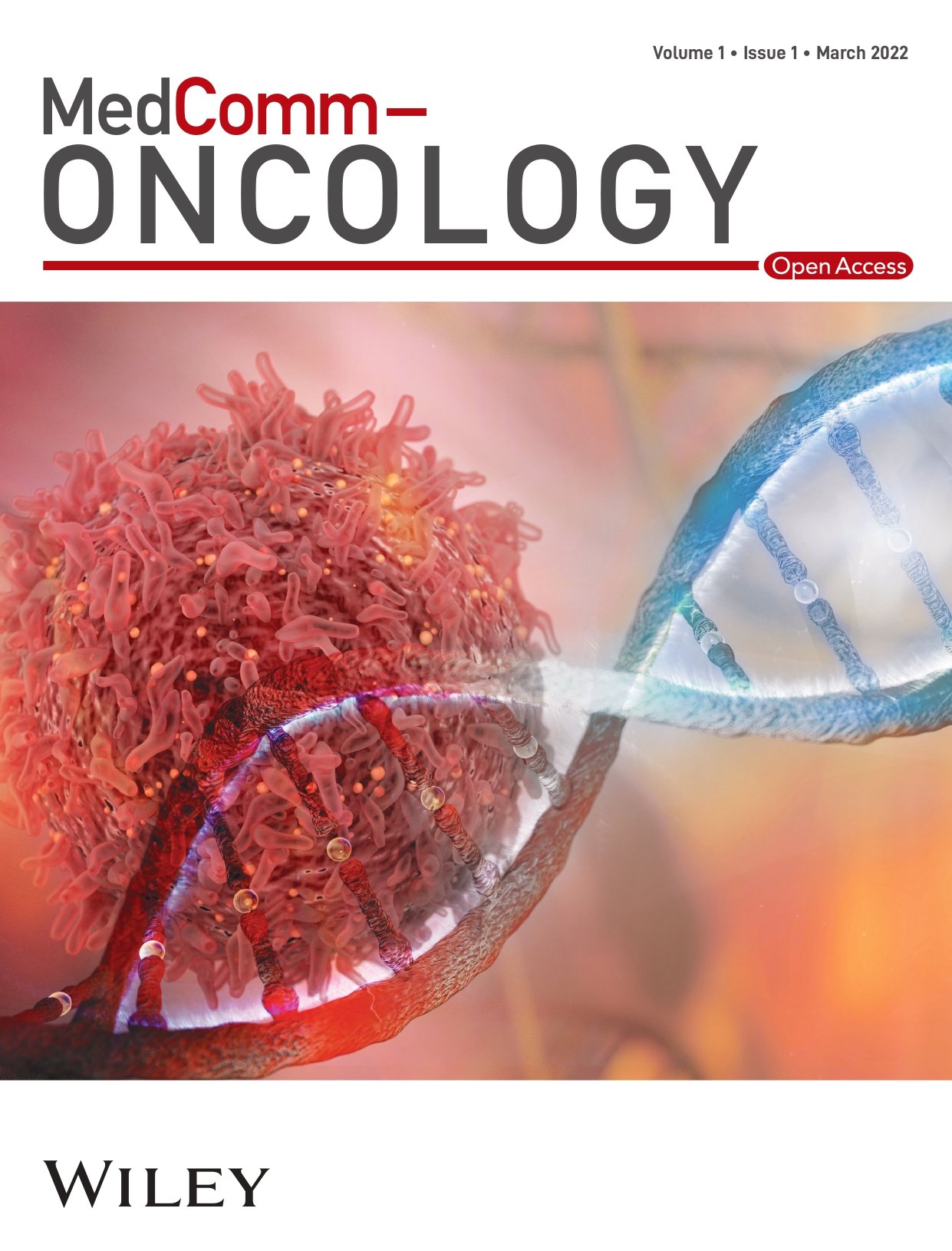Journal list menu
Export Citations
Download PDFs
ISSUE INFORMATION
ORIGINAL ARTICLE
Photodynamic and Photothermal Effects of MXene Ti3C2Tx Under 460/808 nm Light Against Methicillin-Resistant Staphylococcus aureus
- First Published: 10 March 2025
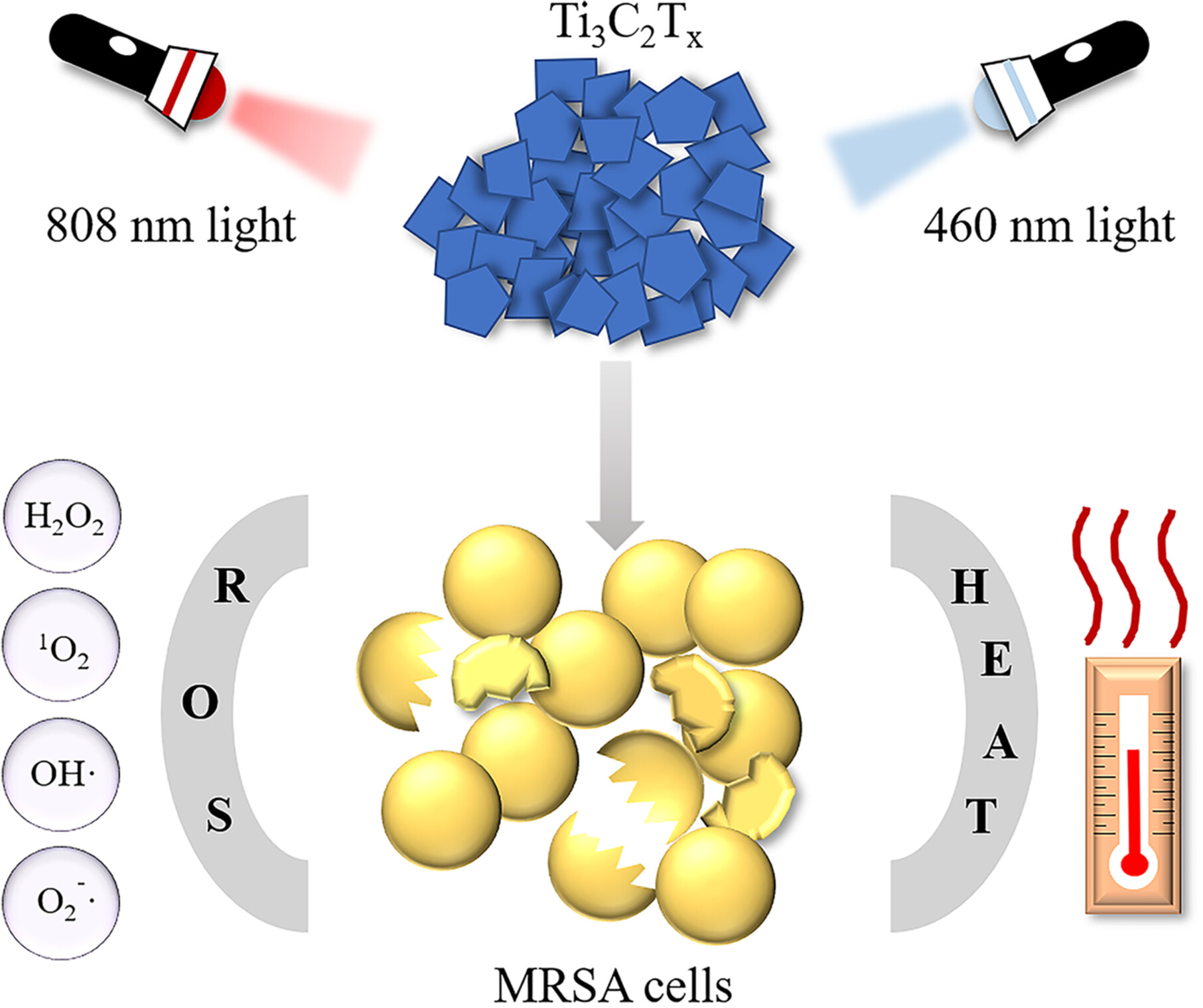
Ti3C2Tx has shown remarkable photodynamic-photothermal dual effects against methicillin-resistant Staphylococcus aureus. Under two different light sources (460/808 nm wavelength), the reactive oxygen species production and temperature rise exhibit significant differences. These mechanisms refine strategies for targeted antimicrobial treatment using Ti3C2Tx two-dimensional nanomaterials.
REVIEW ARTICLE
Design of strong and tough biofibers and their biomedical applications
- First Published: 19 February 2025
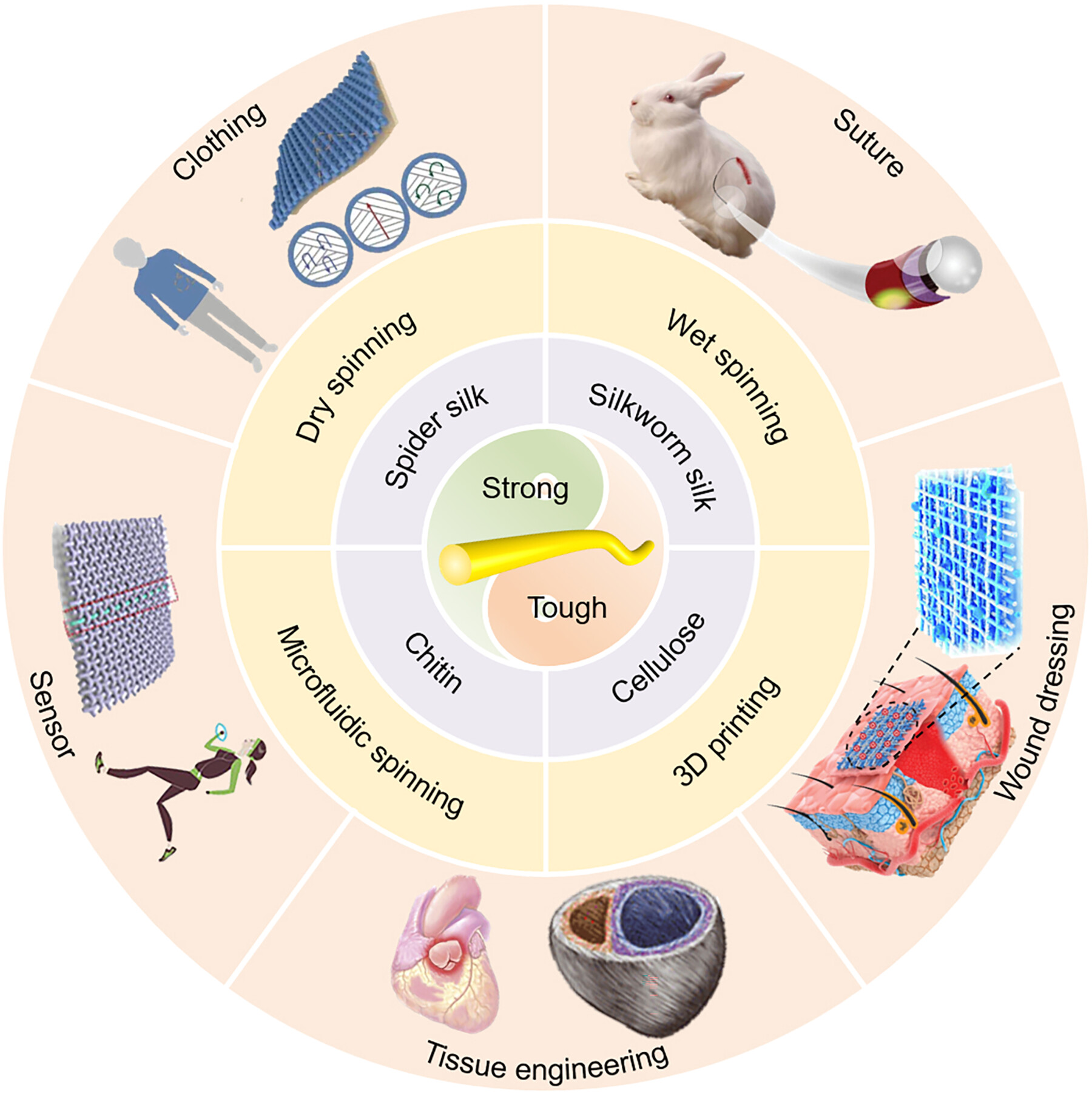
The recent advances in strong and tough biofibers are summarized, including their materials, spinning methods, strengthening strategies, and various applications. Four natural materials and spinning techniques developed to prepare strong and tough biofibers are introduced. Strategies for enhancing the mechanical performance of biofibers are discussed in detail, along with a discussion of the applications of high-performance biofibers in biomedical engineering.
ORIGINAL ARTICLE
A hydrogel miscible azelaic acid-ionic liquids for the treatment of acne vulgaris: Enhanced solubility and skin retention
- First Published: 02 January 2025
REVIEW ARTICLE
Cardiac Tissue Engineering Using Stimuli-Responsive Biomaterials for the Targeted Therapy of Myocardial Infarction
- First Published: 19 March 2025
ORIGINAL ARTICLE
Simultaneous detection of dual targets Escherichia coli and Salmonella enteritidis using enzyme-free strand displacement reaction
- First Published: 19 January 2025
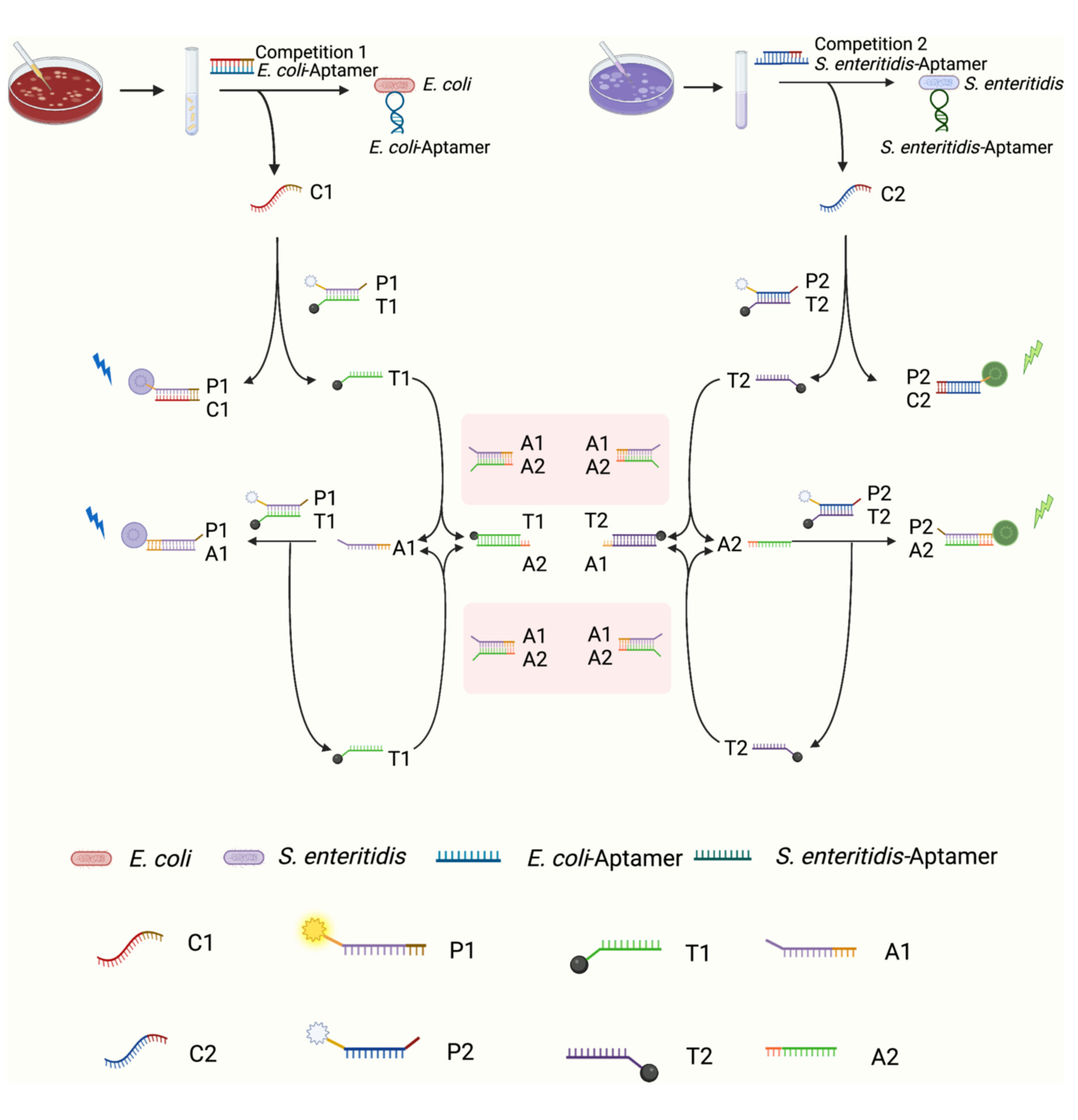
In this study, we developed an enzyme-free dual-target microbial detection method using an aptamer-based target recognition and loop amplification-mediated dual bacterial sensor, which ultimately achieved ultra-sensitive detection of Escherichia coli and Salmonella enteritidis with a wide linear range through the innovative use of an aptamer-based target recognition and single-stranded DNA-mediated loop amplification and fluorescence amplification processes.
REVIEW ARTICLE
Biofilm formation in cardiovascular infection and bioengineering approaches for treatment and prevention
- First Published: 31 January 2025
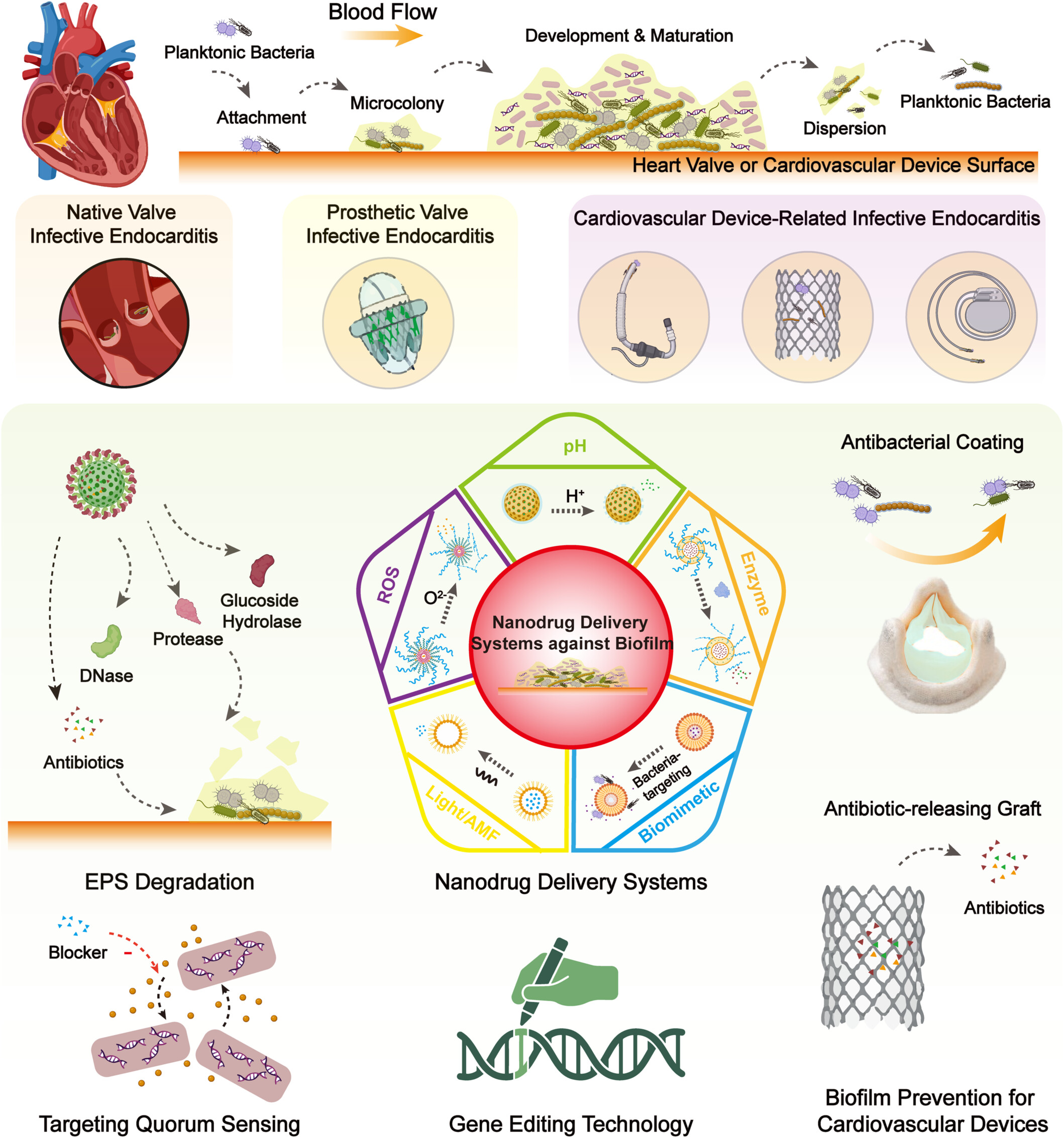
Biofilm-related infections in cardiovascular system involve infective endocarditis, prosthetic heart valve endocarditis as well as cardiac device-associated infections. There are still challenges remaining in the treatment of biofilm-related infections in cardiovascular system. The strategies of degrading EPS in biofilm, applications of nanodrug delivery systems for biofilm-related infections, the strategy for targeting drug resistance genes through gene editing technology, the strategy for targeting quorum sensing in biofilm are the promising bioengineering approaches to treat cardiovascular infection. In addition, antibacterial modification and antibiotics releasing graft are also inspiring approaches to prevent infections for cardiovascular devices.
ORIGINAL ARTICLE
The potency of aloe emodin-loaded nanoparticles in conjunction with IFN-γ for the pretreatment of mesenchymal stem cells with class II transactivator silence to alleviate severe acute pancreatitis
- First Published: 09 January 2025
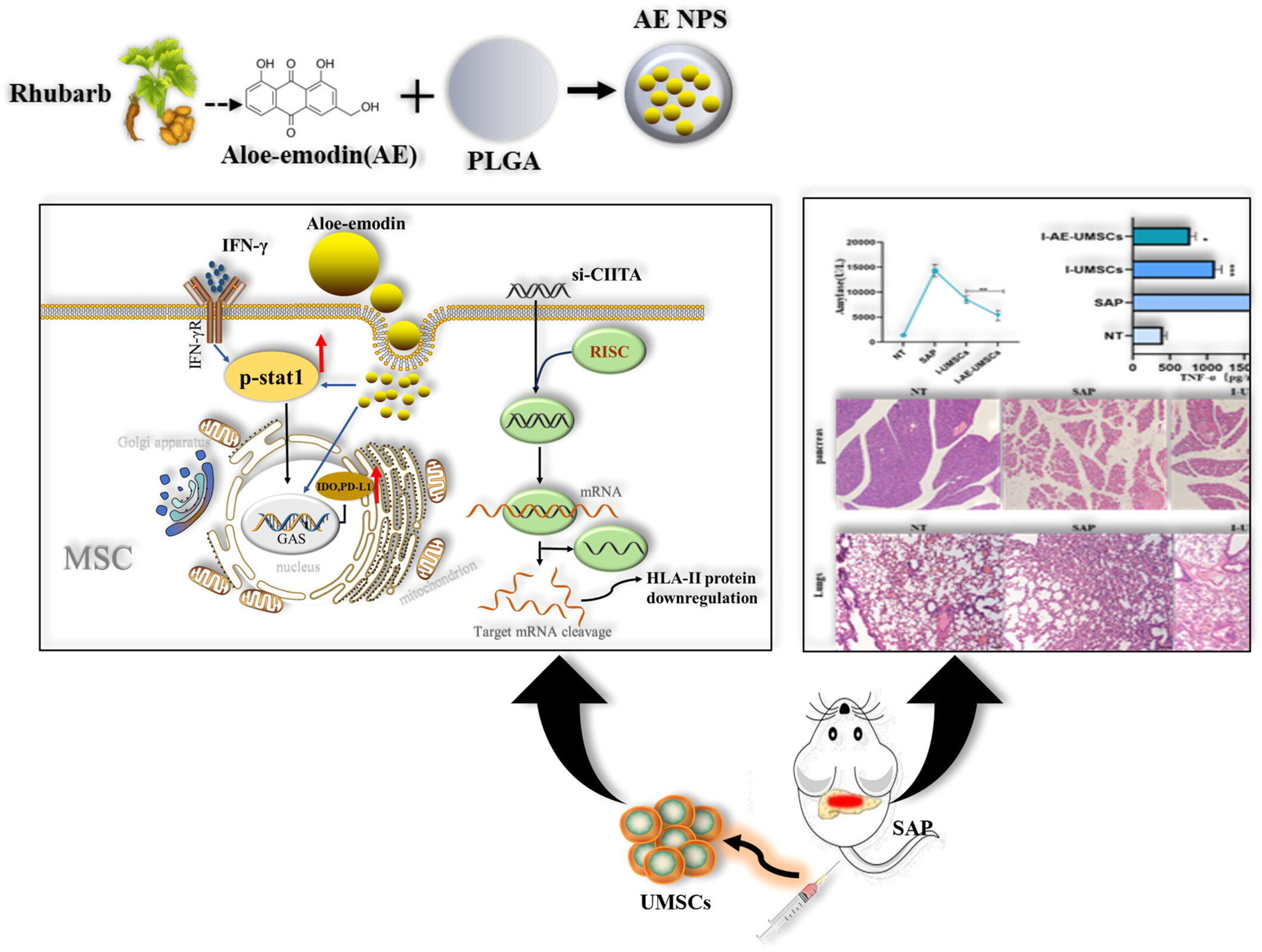
To optimize mesenchymal stem cell (MSC)-based treatment strategy, the active monomer aloe emodin (AE) of rhubarb from a clinically proven Traditional Chinese Medicine formulation for severe acute pancreatitis (SAP) was utilized to pretreat MSCs in combination with interferon gamma (IFN-γ) in a synergistic manner. Umbilical cord mesenchymal stem cells with class II transactivator gene silencing combined with AE and IFN-γ pretreatment effectively alleviated the progression of SAP in mice indicating promising prospects for SAP treatment.
One-pot synthesis of tunable fluorescent polyethylene glycol (PEG) polymer for antimicrobial and anticancer theranostics
- First Published: 09 February 2025
HIGHLIGHT
Restraining small extracellular vesicles: Dawn of a new era in nanomedicine
- First Published: 02 March 2025




